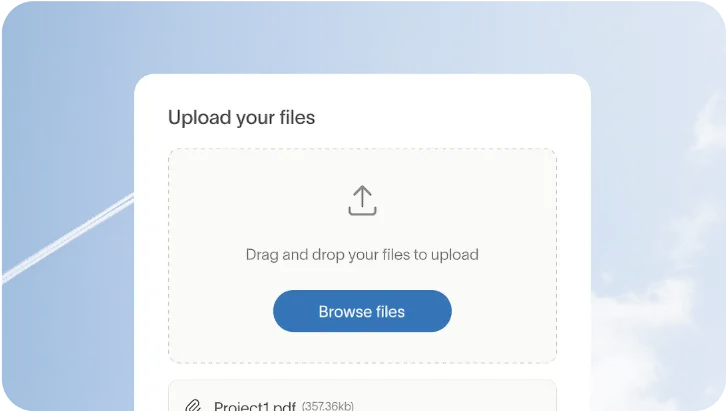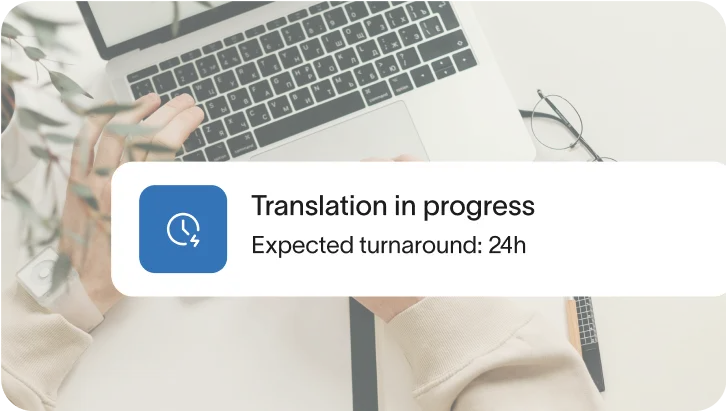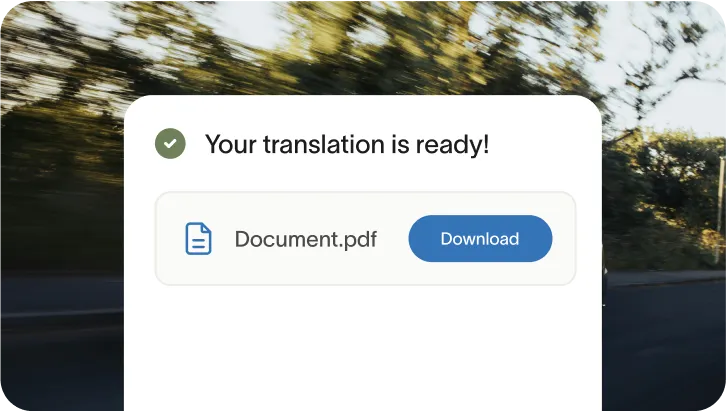Human Resources translation services
Human Resources teams often manage multilingual workforces where clear communication is critical. RushTranslate provides professional translations at $0.10 per word with 24-hour turnaround and unlimited revisions, plus certified translations at $24.95 per page when required for contracts, immigration, or compliance filings.































